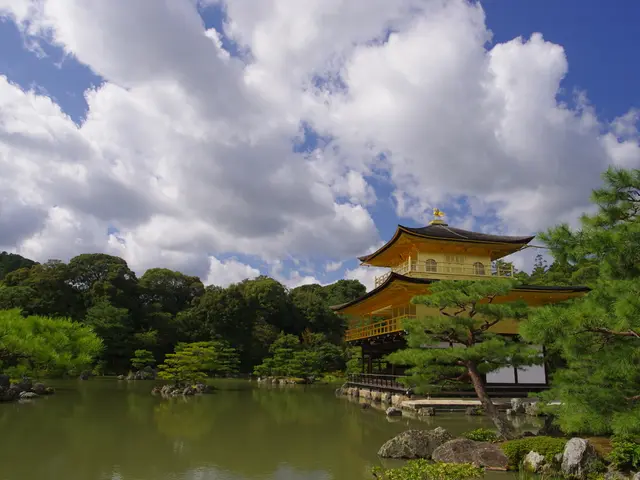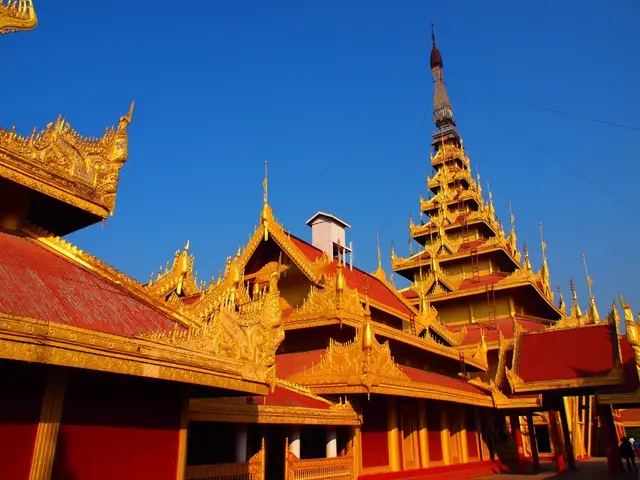Mixture of Yellow and Blue produces Brown, and Modifying the Ratio Creates Varied Shades.
In the world of art, understanding the intricacies of colour mixing is essential. One colour that often proves challenging is brown. Contrary to popular belief, brown is not a primary colour on the traditional colour wheel, but it can be created through various combinations of primary and secondary colours.
The primary colours – red, yellow, and blue – when combined in different amounts, produce a neutral brown base. By adjusting the proportions, artists can create warm, cool, dark, or light browns.
Warm Browns
To create warm browns, mix red and yellow to create orange or burnt sienna tones, then add a small amount of blue to tone down the brightness and achieve a warm brown. Ultramarine blue, when used, can create a richer, warmer brown tone.
Cool Browns
For cooler browns, use ultramarine blue combined with red and yellow, or add cerulean blue to achieve a cooler brown tone. This creates a more blue-toned brown, perfect for cooler scenes or subjects.
Dark Browns
Adding ultramarine or deep blue to brown creates a rich, dark brown that is less harsh than black. This dark brown can be further modified by adjusting the proportions of the primary colours used.
Orange and Blue
Since brown is essentially a dark orange, mixing orange (red + yellow) with blue of varying hues yields a wide range of brown shades. The shade of blue used will greatly impact the final colour, with cooler blues producing cooler browns and warmer blues producing warmer browns.
Special Pigments
Some artists use special pigments like burnt umber, burnt sienna, cadmium orange, cadmium red light, dioxazine purple, and green deep permanent for specific brown tinkering. These pigments can add depth, warmth, or coolness to the brown, depending on the specific pigment used.
Limited Palettes
In limited palettes, mixing just orange, red, and a blue-gray like Payne’s Gray can create many skin and brown tones. This approach allows artists to create a wide range of browns using only a few colours.
Adding White or Black
Adding white paint can lighten the brown colour, while adding black can deepen it. The amount of white or black added will greatly affect the final shade of brown.
Brown in Watercolours
In watercolours, brown can be made by mixing various combinations of primary and secondary colours, adjusting the proportions to create warm, cool, dark, or light browns. The amount and shades of each primary colour used will affect the appearance of the resulting brown.
Tertiary Colours
Tertiary colours, a mix of primary and secondary colours, can also be used to create brown. For example, blue-green or red-violet can be mixed to create a unique brown shade.
Earthy Brown
A darker, green-tinged yellow and red-blue purple give an earthy brown. This earthy brown is perfect for creating landscapes or subjects with a natural, organic feel.
In summary, brown in watercolours is achieved primarily by combining the three primaries or mixing orange and blue in varying ratios, with adjustments for temperature and darkness made by selecting specific blues, reds, or earth pigments accordingly. Understanding different ways to make brown can be helpful for artists looking to expand their colour palette and create more realistic, nuanced paintings.
[1] Watercolor Artist's Mix for Browns
[2] Creating Brown in Watercolor
[4] Limited Palette for Skin Tones and Browns
[5] Using Burnt Sienna and Burnt Umber in Watercolor







